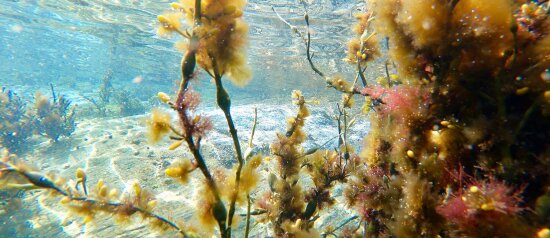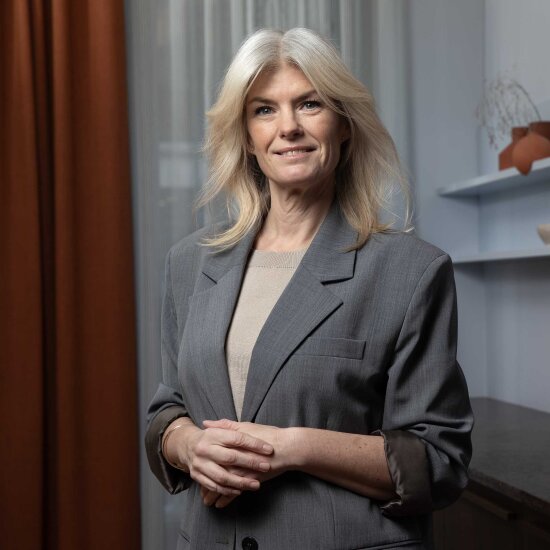Utøvere
Frida van der Drift Breivik
Frøya Thue
Prosjektnavn
Utdanning
Master i design (AHO)
Andre bidragsytere
Steinar Killi
Natalia Agudelo
In recent years, there has been a lot of debate over what Norway should turn to when oil and gas is gradually phased out, and aquaculture has been pointed out as a future growth industry. With DYPP ("dip" in Norwegian), designers Frida and Frøya demonstrate how seaweed and kelp can challenge plastics as packaging, and in the long term provide great value creation along the entire Norwegian coast.
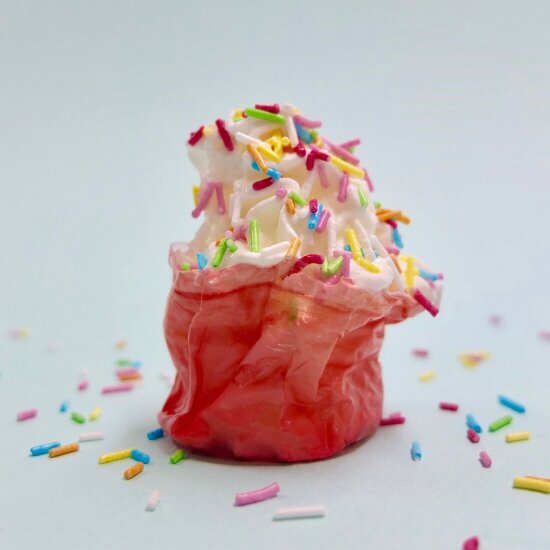
Photo: Frida van der Drift Breivik og Frøya Thue
Seaweed can become a major growth industry in Norway
The benefits of growing seaweed and kelp are many. For example, the production requires no chemicals, land area or energy. In addition, seaweed and kelp absorb large amounts of CO2 that can be captured and stored. The seaweed industry can create a large number of jobs and become an important export commodity for Norway – also in terms of knowledge and technology.
Through the project, the designers have been in close dialogue with experts and researchers in the field of seaweed and kelp. They have used the insight to design four future scenarios from today until 2050, which show how seaweed and kelp can challenge different uses of plastic.
They have also explored how alginate ("the cellulose of seaweed") can replace plastic in packaging. The alginate turns into a kind of jelly in which you can dip vegetables and fruits, and acts like a membrane to protect the contents. DYPP is not only edible but also nutritious and completely waste free.
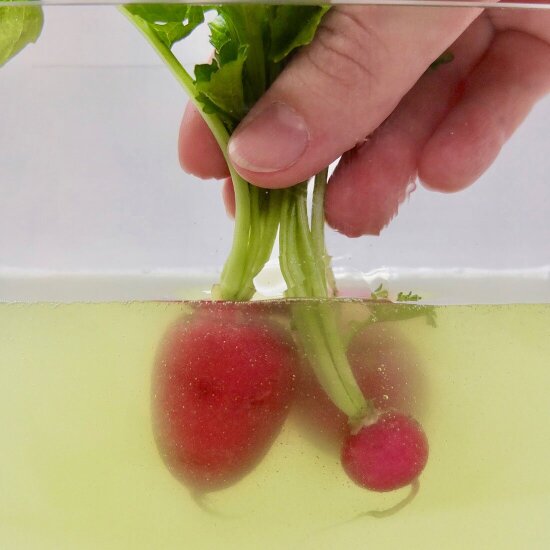
Photo: Frida van der Drift Breivik og Frøya Thue
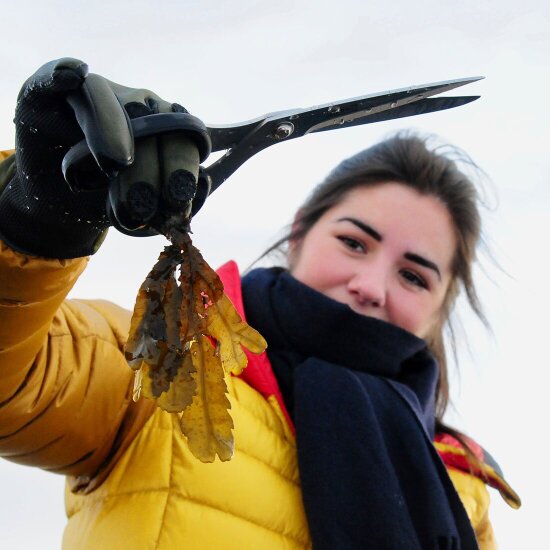
Photo: Frida van der Drift Breivik og Frøya Thue
